Why everyone should have a bidet toilet seat
The Western toilet is a hygienic disaster. The bidet toilet seat helps a bit.
I’ve found a tech that might just save us — or at least our bums. Coming back from two weeks in Korea and Japan, I’m shocked the nice toilet seats they use aren’t also ubiquitous over here. They don’t just have the bidet attachment with warm water, but a seat warmer, sprayer for the toilet bowl, dryer for your bum, and more, depending on the model you get. If there was ever a piece of tech I was going to advocate for widespread adoption, the TOTO washlet might just be it. Plus, it isn’t trying to collect data on your bowel movements, as I’m sure some US company would try (and maybe already has).
I have had one of these for almost a decade and would have trouble living without it now, and I have written about it often. Years ago, when I was thinking of writing a book about bathrooms, I wondered about its history and how a French concept, the bidet, leaped over to Japan and got transformed and popularized. It’s particularly interesting because the French were notoriously filthy, and the Japanese incredibly clean.
According to Maria Teresa Hart writing in The Atlantic, bidets first appeared in France in the 1600s and were kept in the bedroom.
The name is rooted in the French word for pony, which offers a helpful hint that the basin should be straddled. But it also picked up this moniker because royalty used it to clean up after a ride. Hauling water was a laborious process in that era, but bidet bathing was a regular indulgence for the aristocracy and upper classes.
They were not common among the working classes. In fact, bathing wasn’t common at all. Steven Zdatny writes in his essay, The French Hygiene Offensive of the 1950s, that bathing was considered sinful.
Alongside the sheer impracticality of keeping clean and the folk wisdom emphasizing the prophylactic power of dirt, the shame attached to naked bodies deterred their comprehensive washing. “I am over sixty-eight and never have I washed there!” protested one woman who found herself in hospital and threatened with a bath. Educational manuals warned that warm baths would encourage pupils to “think evil thoughts”
After the First World War, attempts were made to encourage indoor plumbing (almost nobody had it), but rents were frozen, and who would pay? “Some landlords simply resisted the cost of connecting their buildings to water pipes and sewers. Others, willing to bear the initial cost, feared that meters measuring water usage for entire buildings—providing no incentive for inhabitants to economize and no easy way to spread the cost equitably among them—would bankrupt them down the road.”
As late as 1954, only 26.6% of French households had indoor toilets. Anyone who has looked at Le Corbusier’s Voisin Plan and thought that demolishing Paris and building new high-rises was a terrible idea should read Zdatny’s paper and realize how bad conditions were in Paris at the time, and how the mortality rate was the highest in Europe.
Pooping was something you did in the outhouse in the back, while bathing, if one bathed at all, was done in the bedroom. Even when the French got indoor plumbing, they still had a thing about toilets.
Le Corbusier was obsessed with hygiene, and his own bathroom from 1928 was so far ahead of its time that it still is ahead of our time. His bedroom had separate his and her facilities, with his wife Yvonne’s bidet open in the room. This embarrassed her, and she crocheted a cover for it to hide it from guests. Corb had his own shower and special shaving sink. But the toilet was in a dark, tiny closet.
In the Maison de Verre, Pierre Chareau and Bernard Bijvoet put a bidet and sink in every bedroom, but the toilet again is squeezed into a closet down the hall. Bathing and pooping are still considered to be separate functions in separate spaces. But at least they did have the bidet, which became popular with the middle classes in the 50s as the French hygiene offensive too off.
Meanwhile, in the USA in the sixties, Alexander Kira of Cornell University looked at the American bathroom and was disgusted and appalled. He called the toilet "the most ill-suited fixture ever designed." The main issue is that our bodies were not designed to sit on toilets; we were designed to squat. Kira reported on an English study that found that 44% of the population had dirty underwear. Kira liked to quote the author of the study:
Many are prepared to complain about a "tomato sauce stain on a restaurant tablecloth, whilst they luxuriate on a plush seat in their faecially stained pants."
He designed a lower toilet that got users closer to a squat and included a bidet sprayer. It never caught on, but an American, Arnold Cohen, picked up on the idea and patented the “American Sitzbath,” a toilet seat with a sprayer built in. According to a 2007 interview in the Miami New Times: “He believes it can save lives. Cohen warns that Elvis's demise could be yours — citing a statistic that eight of 10 heart attacks occur on the toilet. With the help of the American bidet's soothingly invasive jet of warm water, his customers don't have to worry about straining themselves into cardiac arrest.”
But he couldn’t sell them; As Maria Theresa Hart notes, Americans thought bidets were immoral.
Americans were introduced to bidets on a broad scale during World War II, when troops were stationed in Europe. GIs visiting bordellos would often see bidets in the bathrooms, so they began to associate these basins with sex work. Given America’s puritanical past, it makes sense that, once back home, servicemen would feel squeamish about presenting these fixtures to their homeland.
In 1967, a Japanese trading company, Nichimen Jitsugyo, bought the rights to Cohen’s design and turned to toilet manufacturer TOTO to produce it. “TOTO’s revolutionary innovation of an electronic operating system for its bidet seat model’s operations was a technological breakthrough that created a fusion between plumbing products and electrical devices.”
Why did it take off in Japan? Because traditionally, the Japanese squatted to poop. It wasn’t until 1977 that the sales of western-style toilets overtook those of traditional squat toilets, which tend to smell and were always in separate rooms, which meant more real estate.
Nikkei Asia described the trauma of kids going from their bidet toilets at home to their first day of school: “ School lavatories in Japan are unflatteringly known as the "five K's" -- kurai (dark), kitanai(dirty), kusai (smelly), kowai (scary) and kowareteiru (broken).”
But when you squat, your bum is almost clean; there is a reason your dog doesn’t need toilet paper. It’s the way we are designed. That’s one reason why, in Japan, the bidet toilet seat took off essentially in tandem with the Western toilet; it is considered essential for a clean bottom. The combination delivers an odourless and very clean experience in the comfort of your warm modern bathroom, without using disgusting toilet paper.
There was also a huge push by the government prior to the 2020 Olympics to replace squat toilets that tourists didn’t know how to use, complete with marketing campaigns:
As well as establishing gold-medal hygiene, Japan’s restroom revolution has fostered a toilet culture that has evolved to embrace a popular anime character with buttocks for a head (‘Butt Detective’) and dayglo ‘poop museums’ offering a cute tribute to bathroom visits - as well as restrooms packed with hi-tech gadgetry.
TOTO started exporting the Washlet toilet seats back to North America in the 1980s, and they have slowly been catching on. Most of the major manufacturers are now offering seats and complete toilets. They come in a wide range of prices; you can spend $8700 for a Philippe Starck SensoWash or $49 for a bidet attachment.
They do everything now; take the C$18,931 Kohler Numi, which is not actually installed in the living room of Pierre Koenig’s Case Study House #22.
Kohler's most advanced toilet now offers personalized settings that let you fine-tune every option to your exact preferences, from ambient colored lighting and BLUETOOTH® wireless technology to the heated seat with hands-free opening and closing. Play your favorite music and podcasts -– simply stream wirelessly with any device enabled with BLUETOOTH technology, connect to your Amazon Alexa playlists, or utilize the Numi 2.0 theme music for an immersive experience.
So we have the French bidet that took a short pit stop in the USA, where it turned into a toilet seat, then a jump to Japan, and now it is finding its way back, and continuing to evolve.
Meanwhile, Paris Marx can look forward to smart toilets that analyze your poop and urine and send the info to your doctor, mirrors that check out your skin care, Alexa-connected shower heads that sing to you, bath mats that measure your body mass, and a toilet-roll fetching robot. This is how tech will indeed save us!

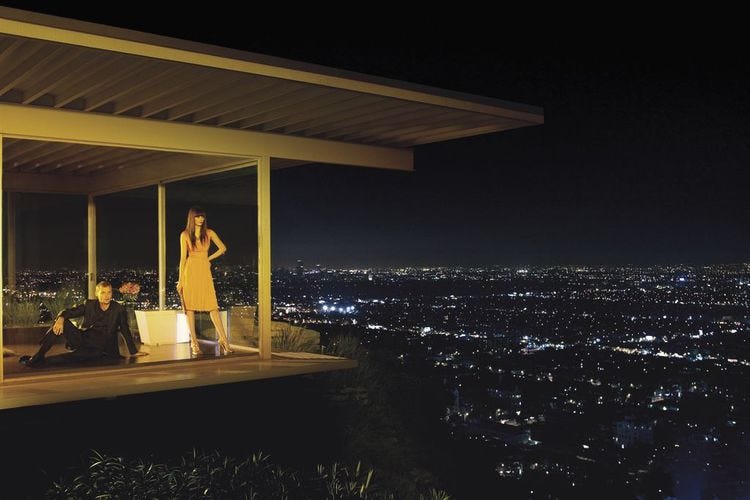

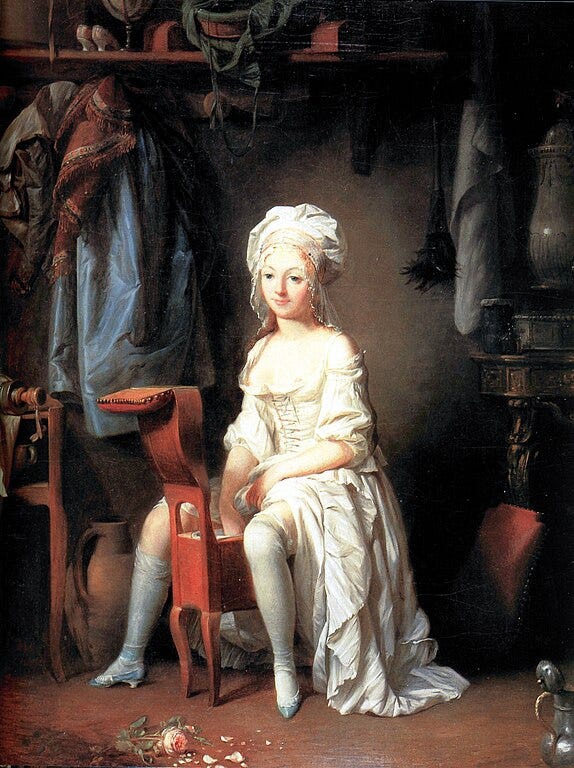

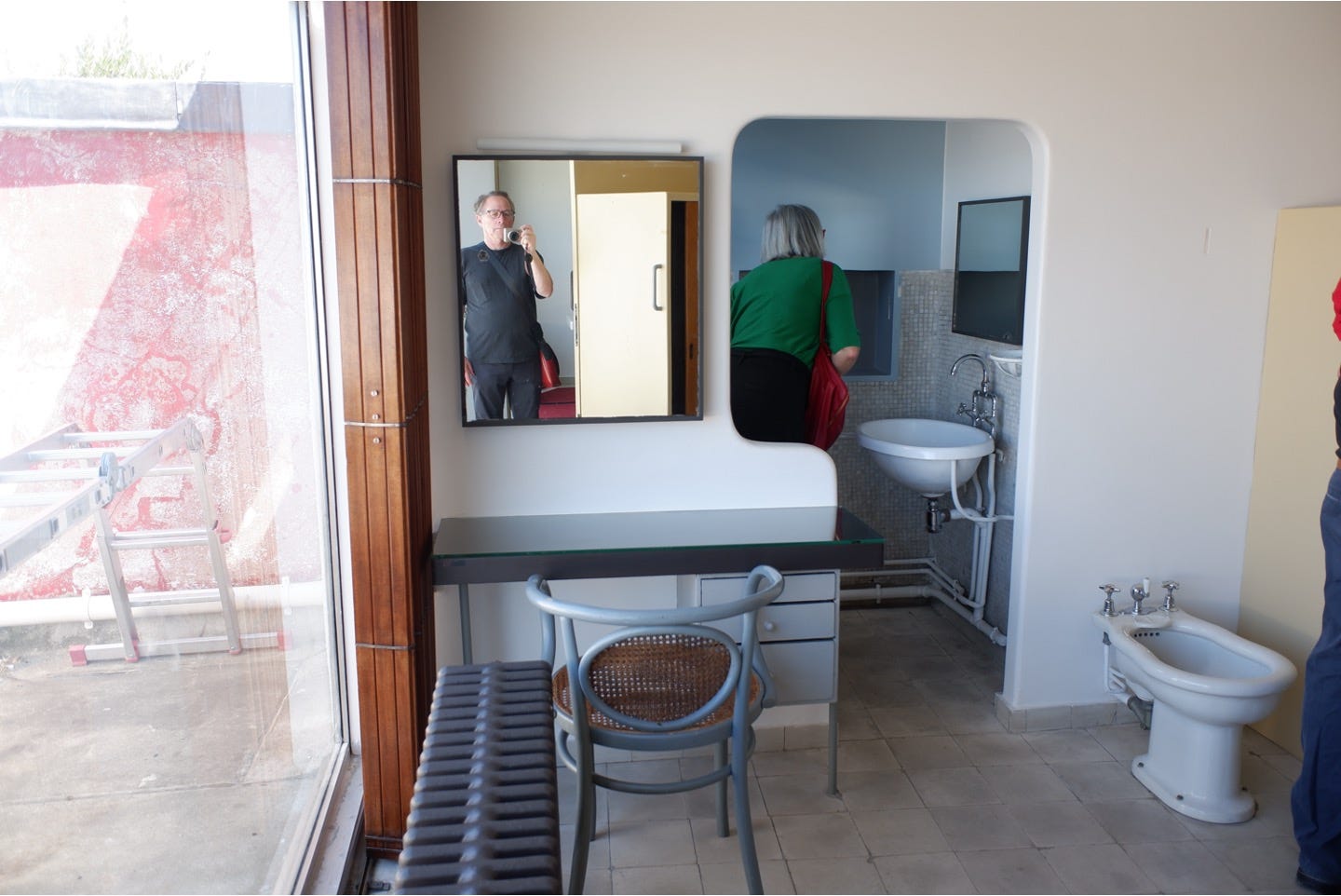
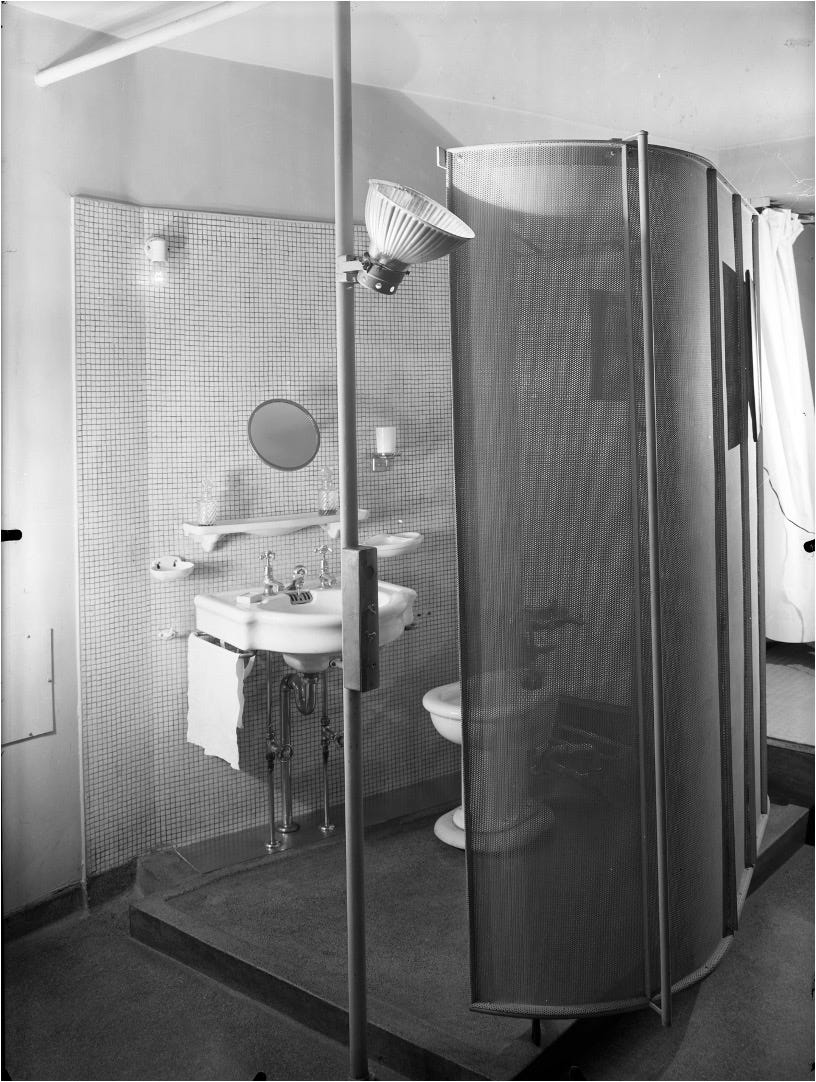

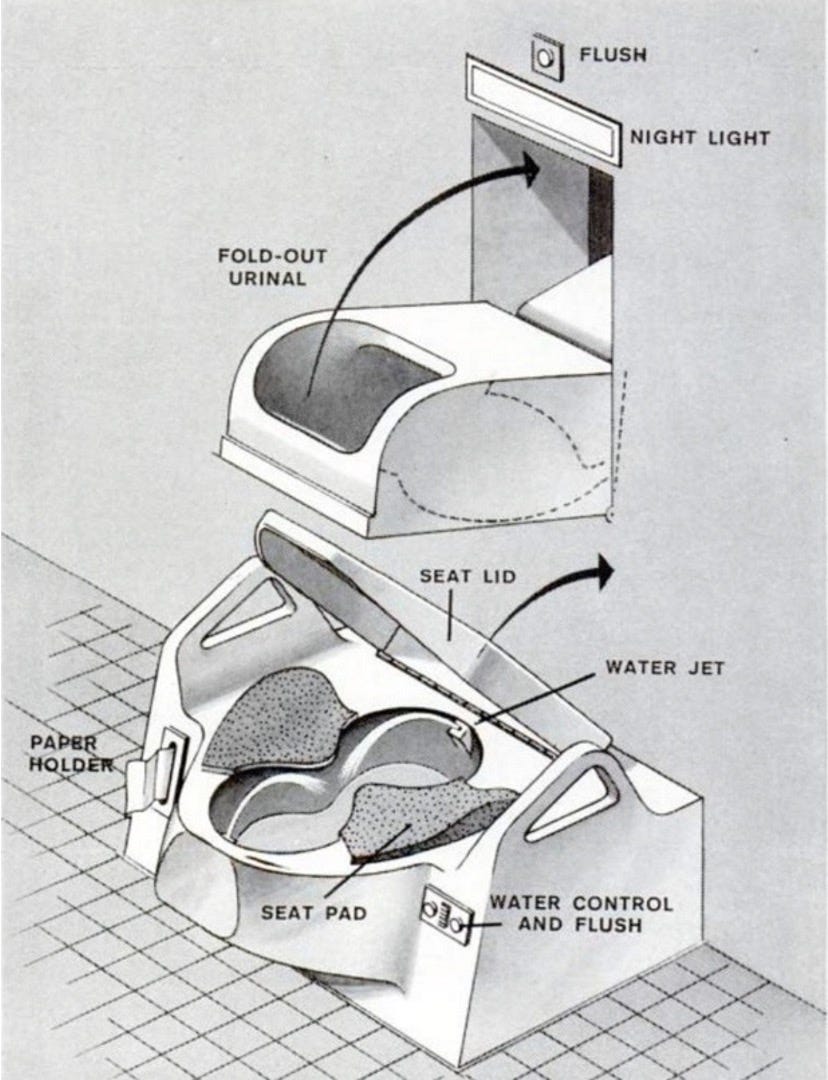
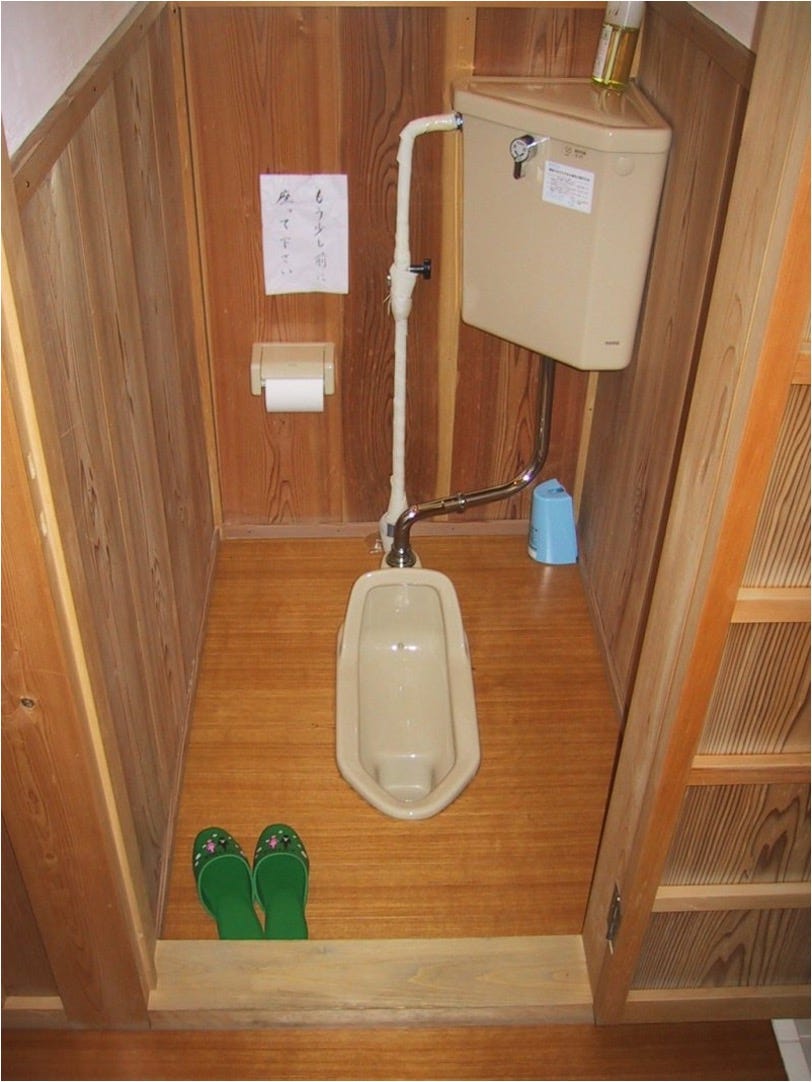
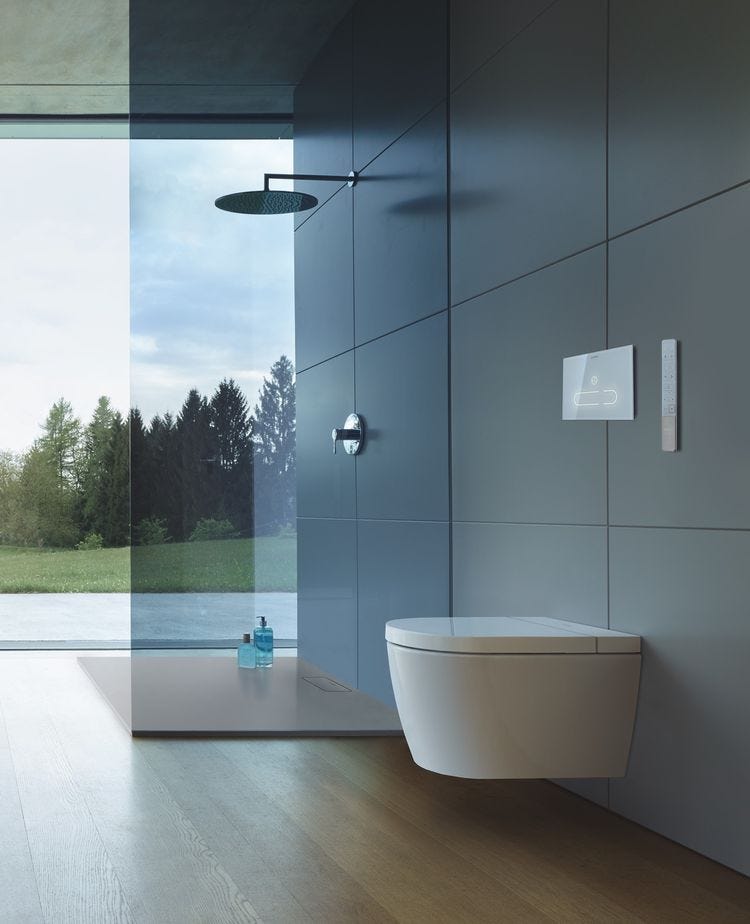
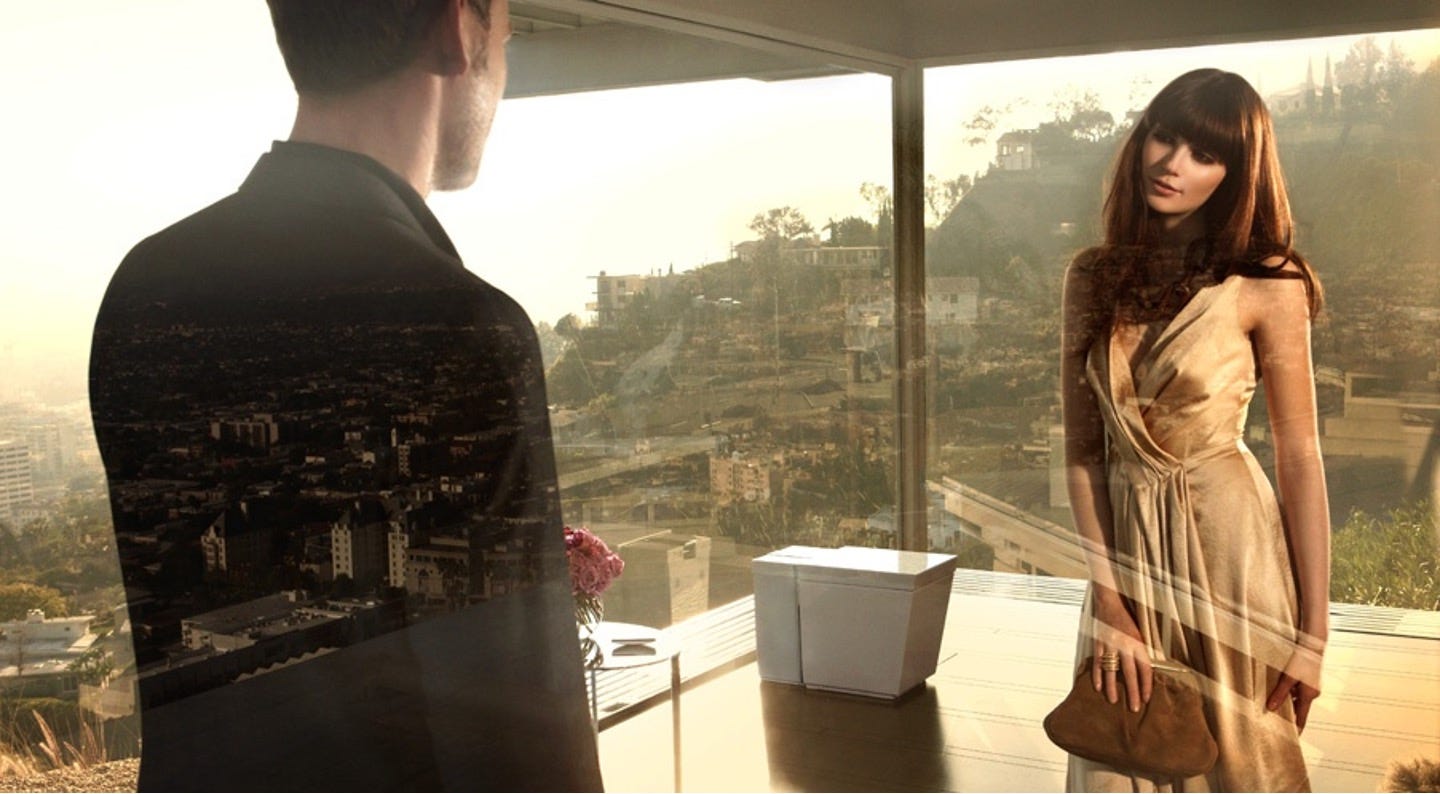

I still like your series of bathroom design, and I think everyone who designs a house should read it and at least think about it.
I do take offense to the squatting comment i.e. the lower the better the pooping experience, with my back, I find pain in even the high toilet seats. Truth to be known, my back would be happier with higher seats. Guess I have to be happy with a soiled bum until I can get a toilet bidet.
That being said, I searched Amazon for the toilet roll fetching robot and was sad when I discovered none listed...
Great article.
This was a great read! History, culture, and poop- what a combination!